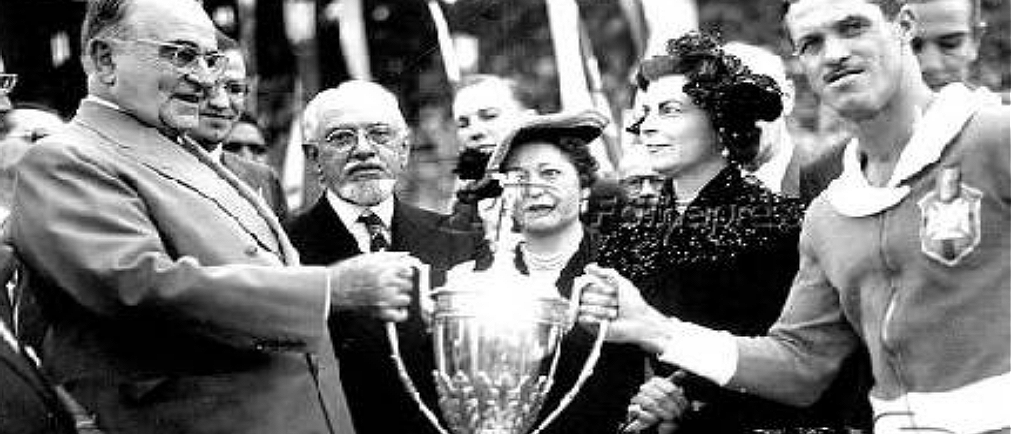Carnival and Football: Tools of Social Control in Getúlio Vargas’ Government
Carnival and Football: Tools of Social Control in Getúlio Vargas’ Government. During Getúlio Vargas’ administration, particularly during the Estado Novo (1937-1945), Brazil underwent a significant cultural transformation.
NEWS
Everton Faustino
4/5/20252 min read


Carnival and football, two of the most powerful symbols of national identity, were strategically promoted by the government as tools for social control and nation-building. But what was the true intention behind this encouragement?
The Carnival Strategy
Carnival, a popular and chaotic celebration, was reshaped by Vargas' government to reflect patriotic values and promote national unity. Before Estado Novo, carnival featured a mix of rhythms and styles, including polkas and waltzes, often carrying an irreverent tone. Under Vargas, samba school parades were officially recognized in 1932 and began receiving municipal financial support. The themes of samba-enredos were redirected to celebrate Brazilian history and culture, while brass instruments—considered foreign influences—were banned. This intervention turned carnival into a propaganda tool, diverting public attention away from political and economic tensions.
Football as a Symbol of National Identity
Football, which was already gaining popularity in Brazil, was leveraged by Vargas’ government to reinforce a sense of Brazilian nationalism. The 1938 World Cup in France became a key milestone in this strategy. The government associated football with national identity, promoting it as an element of patriotic pride. Media coverage and public enthusiasm were used to construct a narrative of unity and national strength, while social and political issues were sidelined.
The Real Intention Behind the Promotion
Although the promotion of carnival and football helped shape a stronger national identity, the government's true intention was to distract the population from economic struggles and political repression. By channeling public energy into celebrations and sporting competitions, Vargas successfully consolidated his power and minimized opposition to his authoritarian regime. These social control strategies are often compared to tactics used by fascist regimes of the era, which also used cultural and sporting events to manipulate public perception.
The legacy of carnival and football in Brazil is undeniable, but it is essential to recognize how these symbols were shaped by political interests. They are not just expressions of Brazilian culture, but also reminders of a time when entertainment and national pride were used as tools of control.
Football, in the 1930s, already enjoyed immense popularity and had surpassed rowing as the sport that most stirred people's emotions. Thus, Getúlio Vargas and members of his government sought to use football as a propaganda tool and also as a means of ideological control, aiming to employ sports as a way to glorify the national state—an idea inspired by Nazi-fascist principles, adapted to fit the Brazilian reality.
Tags: Carnival, football, Getúlio Vargas, Estado Novo, social control, Brazilian history, political propaganda, national identity, samba schools, 1938 World Cup, patriotic pride, ideological control, cultural manipulation, authoritarian regime, Nazi-fascist influence, Brazilian dictatorship, state nationalism, propaganda through sports, historical analysis, Brazil in the 1930s.
